Want to read faster? Imagine devouring books and articles in half the time. Speed reading isn’t some magic trick—it’s a skill you can learn. Many think it’s a scam, but with the right techniques, backed by science, you can boost your reading speed and understanding. This article will give you proven speed reading techniques that actually work, and it’s not about skipping words!
What is Speed Reading?
Speed reading is the ability to recognize and absorb words and phrases at a quicker pace than average reading speed, without sacrificing comprehension. Most adults read at an average rate of 200-400 words per minute (WPM). Effective speed reading techniques can help you push past that limit, potentially doubling or even tripling your WPM, data from the University of Southern Queensland (PDF) showed that average reading speed increased by 38% by improving reading techniques. But it’s not just about how fast you can skim a page; it’s about how much you understand and retain.
Why Learn to Speed Read?
In our information-saturated world, speed reading is more valuable than ever. Here are some solid reasons to give it a try:
- Save Time: This is the most obvious benefit. Think of all the books, articles, and reports you need to read. Cutting your reading time in half frees up hours each week for other things.
- Boost Productivity: Students, professionals, and anyone who needs to process large amounts of information can benefit from speed reading. Get through reports faster, digest research papers quicker, and stay on top of your workload with ease.
- Improve Focus: Speed reading forces you to concentrate. By actively engaging with the text and moving your eyes purposefully, you’re less likely to get distracted.
- Enhance Comprehension: This may seem counterintuitive, but many speed readers find that their comprehension improves. By eliminating bad habits like subvocalization (reading words in your head) and regression (going back to reread), you’re training your brain to process information more efficiently.
- Increase Knowledge Acquisition: The faster you can read and understand, the more you can learn. Speed reading opens doors to new subjects, perspectives, and opportunities for growth.
- Gain a Competitive Edge: In school or at work, being able to quickly process and retain information gives you a real advantage. You can learn new skills faster, stay ahead of the curve, and make better decisions.
Debunking Speed Reading Myths
Before we dive into the techniques, let’s clear up some common misconceptions about speed reading:
- Myth #1: Speed reading means skipping words. This is false. True speed reading is about processing information more efficiently, not omitting words. Skipping words usually leads to poor understanding.
- Myth #2: You can’t comprehend as much when speed reading. With the right techniques and practice, comprehension can actually improve. The key is to find a pace that works for you, where you can still understand and retain the material.
- Myth #3: Speed reading is a natural talent. Anyone can learn to speed read with consistent effort. It’s a skill that can be developed through practice and dedication.
- Myth #4: Speed reading works for all types of material. Speed reading is more effective for some types of material than others. It’s great for non-fiction, articles, and reports. However, it may not be the best approach for complex literature, poetry, or technical manuals that require careful analysis.
- Myth #5: Speed reading is a waste of time. Many people feel it’s not effective, but research and the experiences of successful speed readers show that it’s a worthwhile skill to learn.
Speed Reading Techniques That Work
Here are practical techniques that you can use to boost your speed reading ability and understanding.
1. Previewing
Before diving head-first into the full text, take a moment to familiarize yourself with the content you’re about to read. Previewing is like creating a mental map of the material, which can significantly enhance comprehension and speed.
- Read the Introduction and Conclusion: These sections often summarize the main points and purpose of the text.
- Scan Headings and Subheadings: This gives you a clear outline of the topics covered and how they are organized.
- Examine Visuals: Look at any images, charts, graphs, or diagrams. These elements often highlight key information and can provide a quick overview of complex concepts.
- Read the First Sentence of Each Paragraph: Often, the first sentence is the topic sentence, which encapsulates the main idea of the paragraph.
- Identify Keywords and Key Phrases: Look for words or phrases that are repeated or emphasized. These are likely important concepts that you should pay attention to.
- Ask Yourself Questions: Based on your preview, formulate questions about the material. This engages your mind and makes you more active and focused while reading.
Previewing helps you create a mental framework for the information, making it easier to absorb and retain as you read.
2. Meta Guiding
Meta guiding is a technique that uses a visual aid, like a finger or pen, to guide your eyes across the page. This helps you maintain a consistent pace and avoid regression (the habit of rereading words or sentences).
- Use a Pointer: A pen, pencil, or your finger can serve as a guide.
- Follow Along: Move your pointer smoothly along each line of text, keeping your eyes focused on the tip.
- Increase Speed: Gradually increase the speed of your pointer as you become more comfortable with the technique.
- Avoid Jumping Back: Resist the urge to go back and reread. Trust that your brain is absorbing the information, even if you don’t consciously feel it.
- Maintain Focus: The pointer helps to keep your eyes on track and minimize distractions.
Using a meta guide trains your eyes to move more efficiently across the page, reducing wasted movements and improving reading speed.
3. Chunking
Chunking involves grouping words together and reading them as a unit, rather than focusing on individual words. This technique helps you process information more quickly and efficiently.
- Group Words: Train yourself to see groups of two, three, or even more words at a time.
- Expand Your Peripheral Vision: Practice using your peripheral vision to take in more words at once.
- Reduce Fixations: By reading in chunks, you reduce the number of times your eyes have to stop and focus on individual words.
- Improve Flow: Chunking helps you maintain a smoother, more continuous reading experience.
Chunking requires practice, but with time, you can train your brain to process information more efficiently and increase your reading speed.
4. Eliminate Subvocalization
Subvocalization is the habit of silently pronouncing words in your head as you read. This habit can significantly slow down your reading speed because you’re essentially reading at the pace of speech.
- Become Aware: Pay attention to whether you’re subvocalizing as you read.
- Engage Your Mouth: Try chewing gum, humming, or lightly tapping your fingers as you read. This engages your mouth and prevents you from silently pronouncing the words.
- Focus on Meaning: Concentrate on the meaning of the text, rather than the individual words.
- Practice Regularly: Eliminating subvocalization takes time and effort, so be patient and persistent with your practice.
By breaking the habit of subvocalizing, you can significantly increase your reading speed and process information more efficiently.
5. Minimize Regressions
Regression is the habit of going back to reread words or sentences. This can be caused by a lack of focus, difficulty understanding the material, or simply an ingrained habit.
- Identify the Cause: Determine why you’re regressing. Is it because you’re distracted, or because you’re struggling to understand the text?
- Improve Focus: If you’re regressing due to a lack of focus, try reading in a quiet environment or using a meta guide to keep your eyes on track.
- Trust Your Brain: Resist the urge to go back and reread. Trust that your brain is absorbing the information, even if you don’t consciously feel it.
- Adjust Your Speed: If you’re regressing because you’re reading too quickly, slow down slightly to ensure you’re comprehending the material.
6. RSVP (Rapid Serial Visual Presentation)
RSVP is a technique that presents words or phrases in rapid succession at a fixed point on the screen. This eliminates eye movements and forces you to process information more quickly.
- Use RSVP Software: There are many RSVP apps and websites available.
- Set Your Speed: Start with a comfortable speed and gradually increase it as you become more proficient.
- Focus on the Center: Keep your eyes fixed on the center of the screen, where the words are being presented.
- Practice Regularly: Consistent practice is key to improving your speed and comprehension with RSVP.
RSVP can be a powerful tool for increasing your reading speed, but it can also be tiring on the eyes, so use it in moderation.
7. Practice Eye Exercises
Eye exercises can improve your eye muscles, improve your vision and can help boost your overall reading speed.
- Palming: Cover your eyes with your palms, blocking out all light. Relax and breathe deeply for a few minutes.
- Eye Rolling: Slowly roll your eyes in a clockwise direction, then counterclockwise. Repeat several times.
- Focus Shifting: Hold a pen or pencil at arm’s length and focus on it. Then, shift your focus to a distant object. Repeat several times.
- Figure Eight: Imagine a large figure eight in front of you and trace it with your eyes. Repeat in both directions.
8. Use Speed Reading Software and Apps
There are multiple apps that can help with speed reading.
- Spreeder: A web-based RSVP tool that allows you to paste text and read it at adjustable speeds.
- ReadMe!: An app that trains your eyes to read faster through various exercises and techniques.
- Reedy: An Android app that uses RSVP to help you speed read e-books and articles.
- Outread: An app for iOS that uses a technique called “guided reading,” highlighting parts of words to guide your eyes.
9. Adjust Your Reading Environment
Your surroundings play a significant role in your ability to focus and concentrate while reading. Creating an optimal reading environment can help you get the most out of your speed reading practice.
- Minimize Distractions: Choose a quiet location where you won’t be interrupted. Turn off notifications on your phone and computer, and let others know that you need uninterrupted time.
- Optimize Lighting: Ensure that you have adequate lighting to avoid eye strain. Natural light is ideal, but if that’s not possible, use a desk lamp or overhead light that provides even illumination.
- Maintain Good Posture: Sit in a comfortable chair with good back support. Keep your feet flat on the floor and your body relaxed.
- Stay Hydrated and Nourished: Keep a water bottle and healthy snacks nearby to avoid hunger or thirst-related distractions.
- Regulate Temperature: Maintain a comfortable temperature in your reading area. Too hot or too cold can be distracting.
10. Set Realistic Goals
Like any skill, speed reading takes time and effort to develop. It’s important to set realistic goals and track your progress.
- Start Slowly: Begin by focusing on improving your comprehension and reducing bad habits like subvocalization and regression. Don’t worry about speed at first.
- Track Your Progress: Use a timer to measure your reading speed and comprehension. Keep a record of your scores and note any improvements.
- Celebrate Milestones: Reward yourself when you reach a goal, whether it’s increasing your reading speed by 50 words per minute or completing a challenging book.
- Be Patient: Don’t get discouraged if you don’t see results immediately. Keep practicing and trust that you’re making progress, even if it’s gradual.
Speed Reading is a Marathon, Not a Sprint
Speed reading is a valuable skill that can improve your productivity, focus, and knowledge acquisition. By understanding the principles of speed reading and practicing the techniques outlined above, you can train your brain to process information more efficiently.
It takes time, dedication, and consistent practice to develop your skills. But the rewards are well worth the effort. So, stick with it, be patient, and enjoy the journey of becoming a faster, more efficient reader.





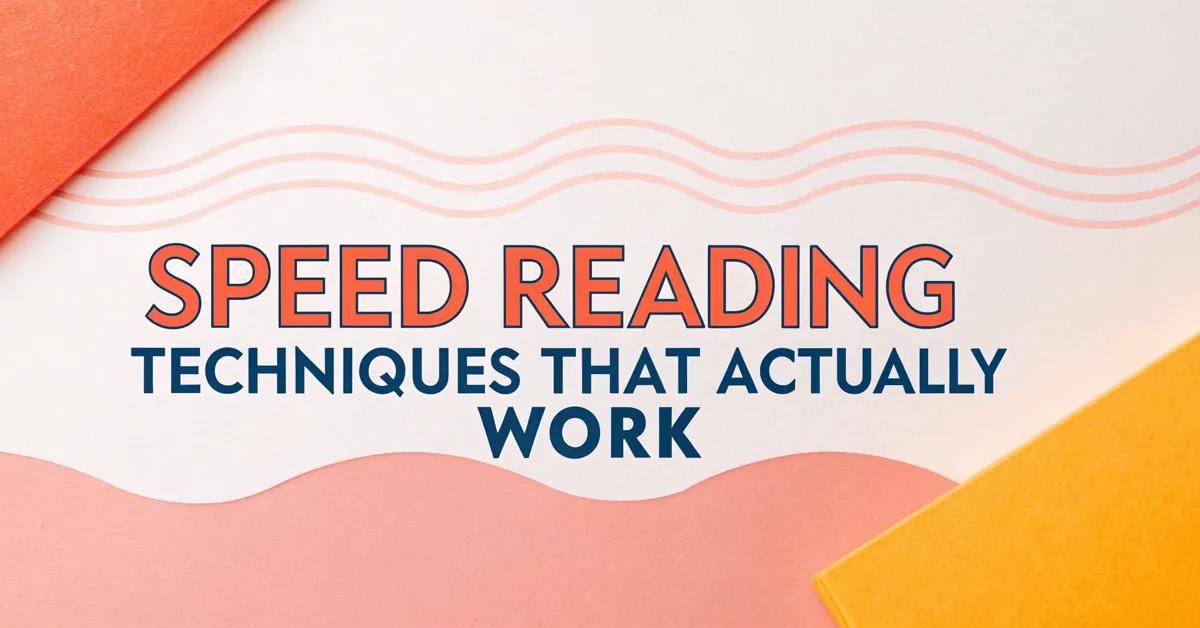





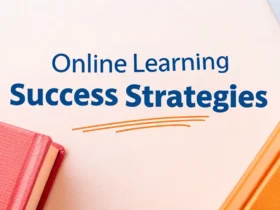
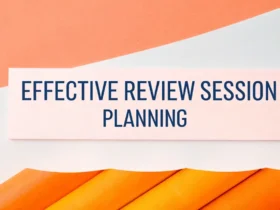
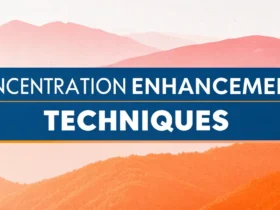
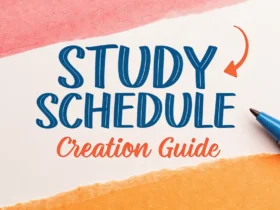
Leave a Reply
View Comments